Shape is a two-dimensional area that is defined by a change in value or some other form of contrast.
All shapes are two-dimensional, meaning that they have only length and width.
All shapes will fall into one of two categories. Geometric shapes or regular shapes are easy to recognize. Math can be used to find information about these shapes and these shapes generally have a specific name associated with them. Examples include: circle, triangle, square, and trapezoid.
Organic or freeform shapes are shapes that seem to follow no rules. Organic shapes generally do not have a name associated with them and are typically not man-made.
We can learn to see the world around us as shapes. Recognizing the shapes that we see will lead to improved drawing and painting.
Shapes defined by objects are positive shapes (space). Shapes defined around objects are negative shapes (space).
The relationships between the positive and negative shapes help the brain of our viewers understand what they are seeing. Our brains are even capable of making sense of complex relationships between positive and negative shapes.
By organizing geometric and organic shapes, we can draw anything. Even complicated objects become easy to draw when we isolate basic geometric and organic shapes.
Terms
Shape- an element of art that is a two-dimensional area that is defined in some way. A shape may have an outline around it or you may recognize it by its area.
Geometric shapes- precise shapes that can be described using mathematical formulas. Ex. Circle, square, triangle, oval, rectangle, parallelogram, trapezoid, pentagon, pentagram, hexagon, and octagon.
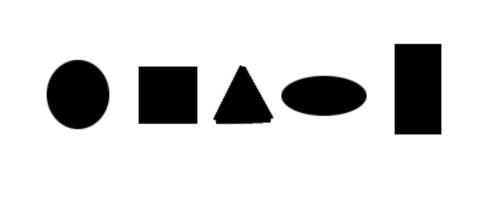
Freeform Shapes- also called organic shapes, are irregular and uneven shapes. Their outlines may be curved, angular, or a combination of both
Form- an element of art, means objects that have three dimensions. I like to think of form as a 3-D shape
Form and
Shape are related. You can turn a shape into the illusion of form by adding value and you can simplify a form from life into a shape.
DEFINITION OF SHAPE
Shapes are limited to two dimensions: length and width. Geometric shapes -- circles, rectangles, squares, triangles and so on -- have the clear edges one achieves when using tools to create them. Organic shapes have natural, less well-defined edges
SHAPE ON CUBISM
Picasso's Woman with Mandolin (1910) further illustrates the groundwork that was being laid by these two artists. Picasso, always the sculptor, fragments the girl's body into facets that are modeled to simulate their projection out of the flat picture plane toward the viewer and that portray her in movement as she strums her mandolin. What Picasso is trying to depict here is the fourth dimension, the space/time continuum. In his Introduction to Metaphysics of 1903, Henri Bergson argues that human consciousness experiences space and time as ever-changing and heterogeneous. With the passage of time, an observer accumulates in his memory a store of perceptual information about a given object in the external visible world, and this accumulated experience becomes the basis for the observer’s conceptual knowledge of that object. By contrast, the intellect or reasoning faculty always represents time and space as homogenous. Bergson argued that intellectual perception led to a fundamentally false representation of the nature of things, that in nature nothing is ever absolutely still. Instead the universe is in a constant state of change or flux. An observer views an object and its surrounding environment as a continuum, fusing into one another. The task of metaphysics, according to Bergson, is to find ways to capture this flux, especially as it is expressed in consciousness. To represent this flux of reality, Picasso began to make references to the fourth dimension by "sticking together" several three-dimensional spaces in a row. |
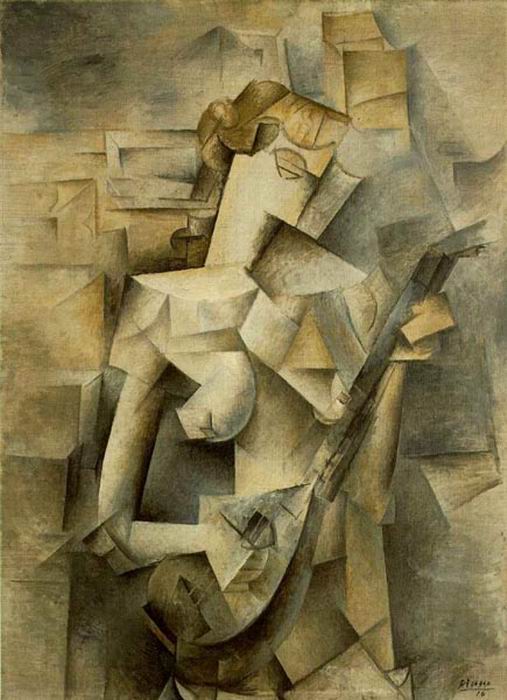 Girl with Mandolin Girl with Mandolin (1910)
|





















.jpg)

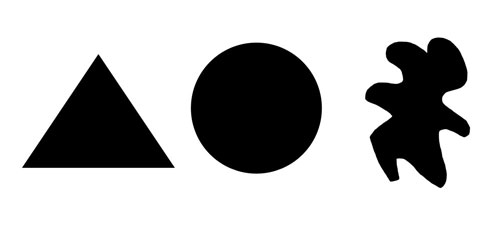
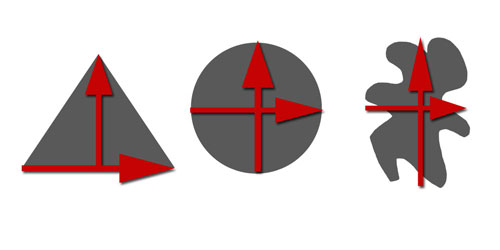


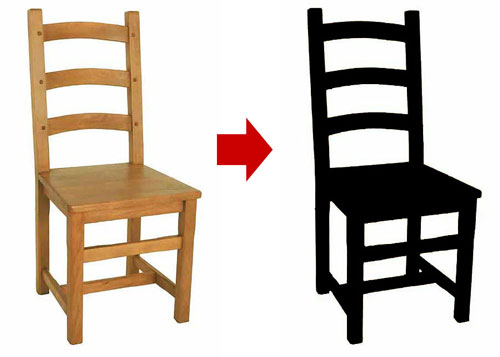
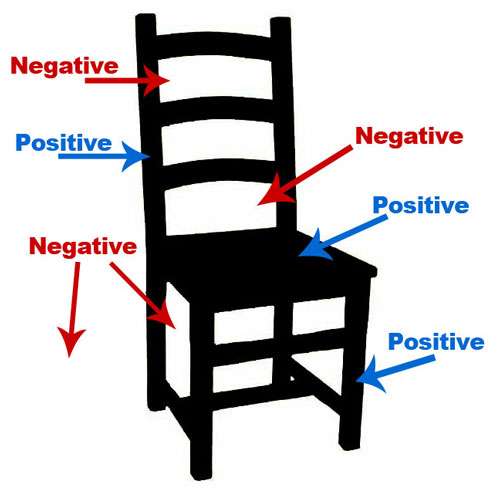
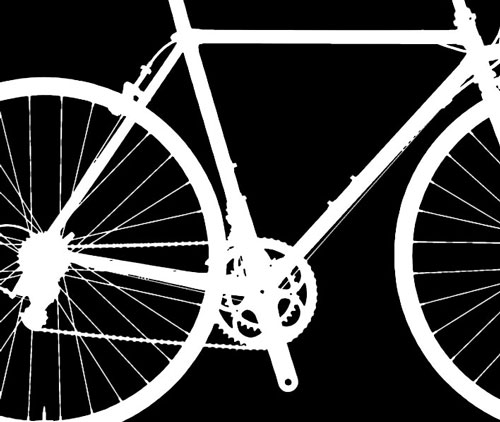
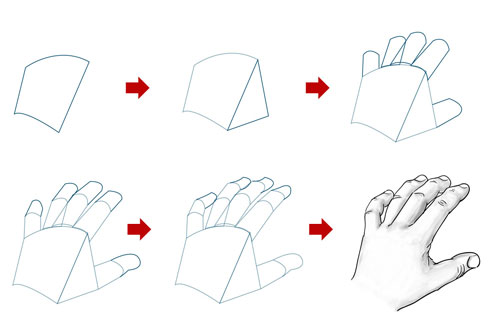

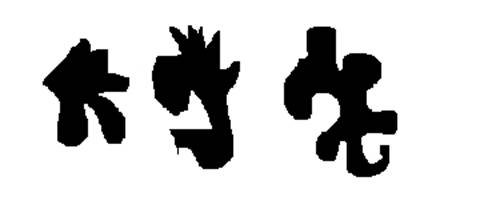










.jpg)
.jpg)


